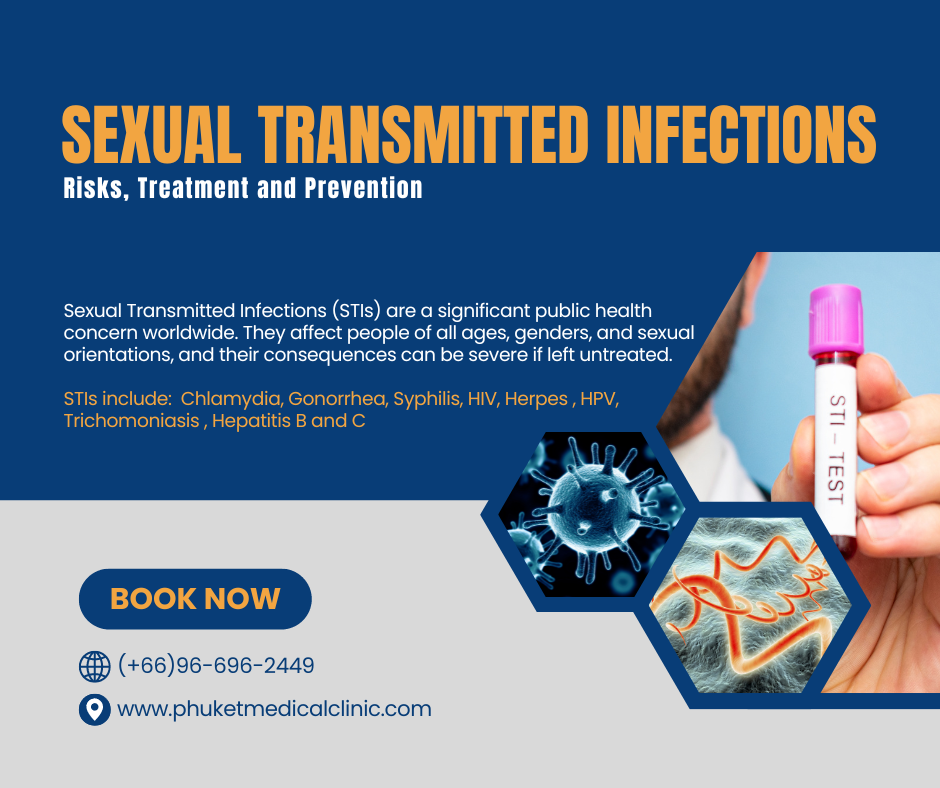In recent years, the prevalence of sexually transmitted diseases (STDs) in children has become a growing concern for parents and healthcare professionals alike. While it’s an uncomfortable topic to discuss, being informed is crucial for the well-being of our children. This article aims to shed light on the causes, signs, and preventive measures associated with STDs in children.
Are STI and STD the Same Thing?
Sexually transmitted infections (STIs) and sexually transmitted diseases (STDs) both refer to conditions that are primarily spread through sexual contact. However, the distinction lies in the terminology:
STIs: Sexually transmitted infections are a broader category that includes any infection caused by bacteria, viruses, parasites, or other microorganisms that can be transmitted through sexual activity. Many people infected with an STI may not show symptoms, making early detection and prevention crucial.
STDs: Sexually transmitted diseases are a subset of STIs. These infections have progressed to a point where they cause noticeable symptoms and health problems. STDs are generally seen as more advanced stages of the infections compared to STIs.
Understanding HPV: Symptoms, Risks and Prevention
Sexually transmitted diseases (STDs) pose significant health risks, and one of the most common viral STDs is Human Papillomavirus (HPV). In this article, we will delve into the world of HPV, exploring its causes, symptoms, risks, and most importantly, how to prevent it.
What is HPV?
Human Papillomavirus (HPV) is a group of viruses that can infect various parts of the body, primarily the genital and oral areas. HPV is incredibly common, and most sexually active individuals will contract it at some point in their lives. While many HPV infections clear up on their own, some can lead to serious health issues.
Causes and Transmission
HPV is primarily transmitted through sexual contact, including vaginal, anal, and oral sex. It can be passed even when there are no visible symptoms or signs of infection. Additionally, direct skin-to-skin contact, such as genital-to-genital contact, can spread the virus. Sharing personal items like towels or razors with an infected person may also pose a risk, although it’s less common.

Symptoms of HPV
HPV infections can be asymptomatic, meaning that individuals may not experience any noticeable symptoms. However, when symptoms do occur, they may include:
- Genital Warts: One of the most common signs of an HPV infection is the development of genital warts. These warts can appear as small, cauliflower-like growths on the genital or anal areas.
- Respiratory Papillomatosis: In rare cases, HPV can cause growths in the airways, resulting in a hoarse voice, chronic cough, or breathing difficulties.
- Cancer: Certain strains of HPV can lead to various cancers, including cervical, anal, penile, and throat cancers. Regular screenings and HPV vaccines are essential for early detection and prevention.
Risks Associated with HPV
The presence of HPV can lead to serious health risks, including:
- Cervical Cancer: HPV is the leading cause of cervical cancer. Regular Pap smears and HPV vaccinations can significantly reduce the risk of cervical cancer.
- Other Cancers: As mentioned earlier, HPV is also linked to other cancers, such as anal, penile, and throat cancers.
- Genital Warts: While not life-threatening, genital warts can be uncomfortable and may require treatment.
Prevention of HPV
The best way to protect yourself from HPV is through prevention:
- HPV Vaccination: Vaccines like Gardasil 9 and Cervarix are available to protect against the most common cancer-causing HPV strains. These vaccines are typically recommended for adolescents and young adults.
- Safe Sex Practices: Consistently using condoms during sexual activity can reduce the risk of HPV transmission, although they do not provide complete protection.
- Regular Screenings: Women should undergo regular Pap smears to detect cervical changes early. HPV tests may also be recommended in some cases.
- Limit Sexual Partners: Reducing the number of sexual partners can lower your risk of contracting HPV and other STDs.
- Open Communication: Discuss your sexual health and history with your partner(s) to make informed decisions about protection and testing.
Human Papillomavirus (HPV) is a common and potentially serious sexually transmitted infection. Understanding its causes, symptoms, and associated risks is crucial for maintaining your sexual health. By taking proactive steps like getting vaccinated and practicing safe sex, you can significantly reduce the risk of HPV infection and its potential consequences. Regular check-ups and open communication with your healthcare provider can further ensure your well-being.
STIs Testing & Treatment at Phuket Medical Clinic
Phuket Medical Clinic : Close, Expert Care. Dedicated Medical Professionals and Skilled Team providing Consultation and Treatment. Walk-in or Scheduled Appointments for Convenient and Efficient Services.
Book an appointment online : https://phuketmedicalclinic.youcanbook.me
Daily Open 🕙 10:00-18:00
Contact number ☎️ 096-696-2449
Line id : @pmcphuket or https://lin.ee/R1TKRDo
Map 📌https://goo.gl/maps/xu45eTQUTjgpukJa7
Website 🌐https://phuketmedicalclinic.com
Feel free to consult with a doctor or ask further questions anytime.
Inbox : m.me/100483916443107
#healthcareclinic #คลินิกภูเก็ต
Phuket #Clinic #ภูเก็ตเมดิคอลคลินิก
#Phuketmedicalclinic
Complications from Neglecting the treatment of sexually transmitted diseases
Sexually transmitted diseases (STDs) are a widespread health concern affecting millions of people worldwide. Often stigmatized and left untreated due to embarrassment or lack of awareness, STDs can lead to serious complications when ignored. In this article, we will explore the potential complications that can arise from not treating sexually transmitted diseases, emphasizing the importance of timely diagnosis and treatment.
Sexual Transmitted Infections (STIs): Risks, Treatment and Prevention
Sexual Transmitted Infections (STIs) are a significant public health concern worldwide. They affect people of all ages, genders, and sexual orientations, and their consequences can be severe if left untreated.




